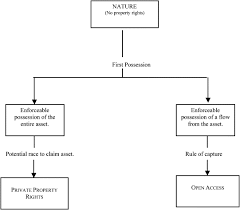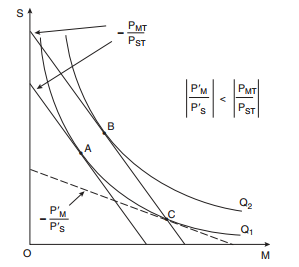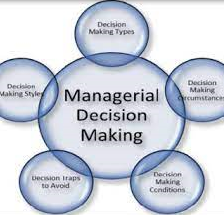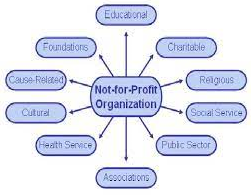In the property rights theory, property rights are basic human rights, grounded in current Human Rights law as found in article 17 of The Universal Declaration of Human Rights and theoretical constructs in economics for determining how a resource or economic good is used and owned. This idea of ownership must be constrained from the views of absolute ownership to a right to use the good within its expected scope of use. Ownership goes beyond the basic notions of property rights to this idea of viewing the ability to own as one of the most basic human rights. Resources can be owned by (and hence be the property of) individuals, associations, collectives, or governments. Property rights can be viewed as an attribute of an economic good. This attribute has four broad components and is often referred to as a bundle of rights: (1) the right to use the good; (2) the right to earn income from the good; (3) the right to transfer the good to others, alter it, abandon it, or destroy it (the right to ownership cessation); and (4) the right to enforce property rights.
The property rights approach to the theory of the firm based on the incomplete contracting paradigm that argue that in the real world, contracts are incomplete and hence it is impossible to contractually specify what decisions will have to be taken in any conceivable state of the world. There will be renegotiations in the future, so parties have insufficient investment incentives (since they will only get a fraction of the investment’s return in future negotiations); i.e., there is a hold-up problem. Hence, property rights matter, because they determine who has control over future decisions if no agreement will be reached. In other words, property rights determine the parties’ future bargaining positions (while their bargaining powers, i.e. their fractions of the renegotiation surplus, are independent of the property rights allocation). The property rights approach to the theory of the firm can thus explain pros and cons of integration in the context of private firms. Yet, it has also been applied in various other frameworks such as public good provision and privatization. The property rights approach has been extended in many directions. For instance, some authors have studied different bargaining solutions, while other authors have studied the role of asymmetric information.





















